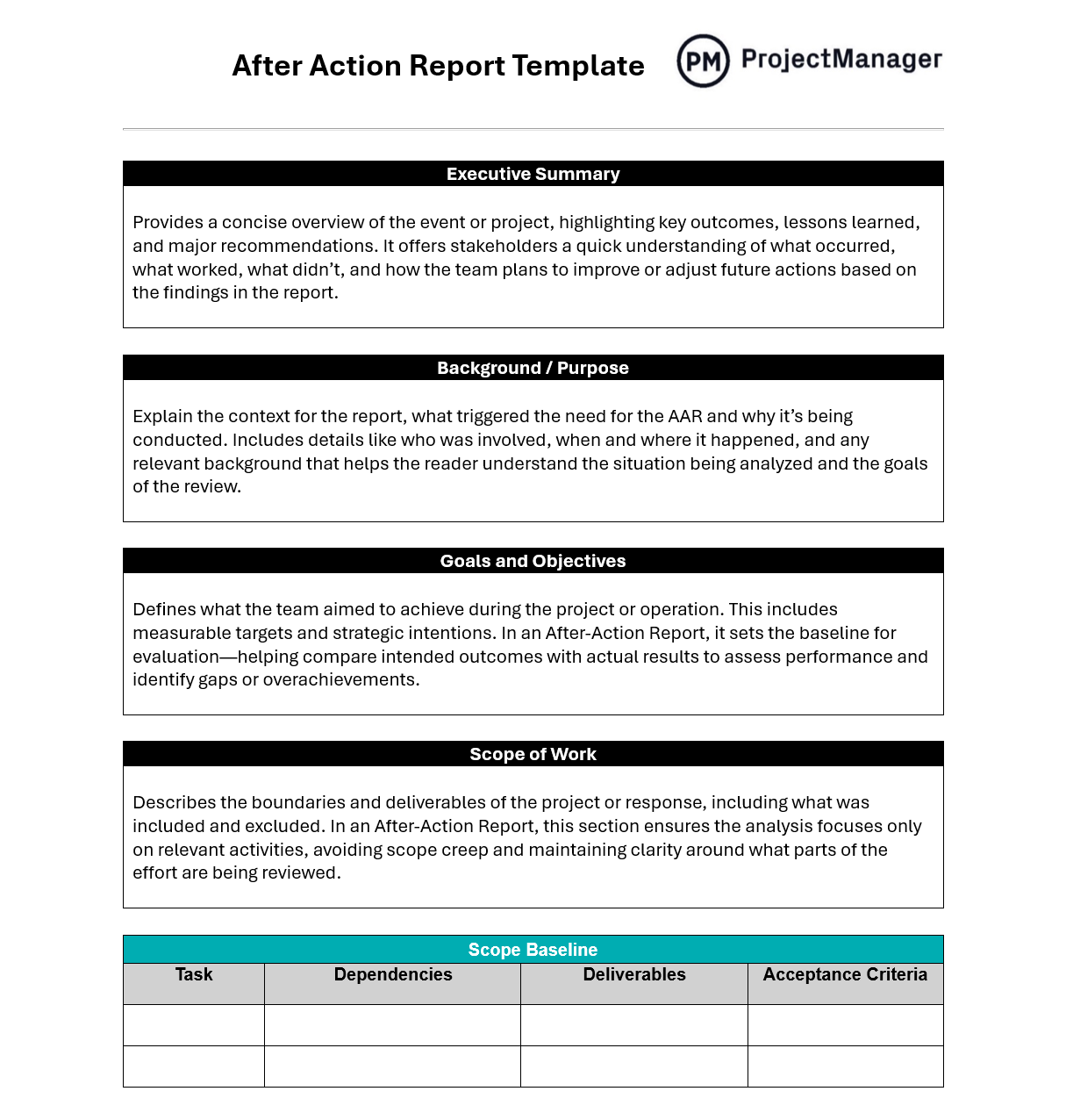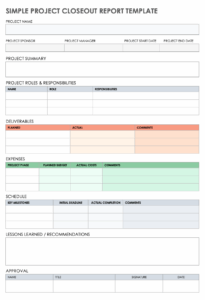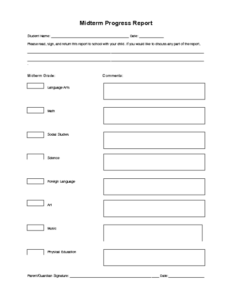Every event, whether it is a grand conference, a small team workshop, a community fundraiser, or a major product launch, represents a significant investment of time, resources, and effort. While the immediate focus is always on flawless execution, the true goldmine of experience lies in what happens after the applause fades. It is in the reflection and analysis that we uncover the lessons that propel future endeavors to even greater heights.
Often, the rush to move onto the next project means that valuable insights are lost. We might remember a feeling of success or a moment of challenge, but without a structured way to document these observations, the precise reasons behind them remain elusive. This can lead to repeating mistakes or failing to replicate triumphs, hindering continuous improvement for individuals and organizations alike.

That is precisely where a robust After Action Report (AAR) comes into play. It transforms anecdotal experiences into actionable intelligence, providing a clear roadmap for learning. And to make this process as efficient and effective as possible, having a well-designed framework, an event after action report template, is absolutely essential. It guides your reflection, ensures consistency, and helps you extract maximum value from every single event you organize or participate in.
Why an After Action Report is Indispensable for Your Events
Think of an After Action Report not just as a post-mortem, but as a proactive tool for future success. It is a systematic review process that helps teams understand what happened, why it happened, and what can be learned from it. While often associated with military debriefs, the AAR methodology is incredibly powerful and applicable to virtually any project or event in the corporate, non-profit, or educational sectors. It moves beyond simple feedback, digging into the objectives, the actions taken, and the actual outcomes.
Without a structured approach, insights can be subjective, incomplete, or simply forgotten over time. An AAR, especially when guided by a clear template, ensures that all critical aspects of an event are reviewed objectively. It encourages open discussion, fostering a culture of transparency and continuous learning within your team. This process isn’t about blame; it’s about growth, recognizing what went well to replicate it, and identifying what didn’t to prevent recurrence.
Key Components of an Effective AAR
- Event Overview: A concise summary of the event, including its purpose, dates, location, and key participants. This sets the stage for the detailed analysis to follow.
- Objectives and Goals: What were you trying to achieve? Clearly state the specific, measurable goals set before the event.
- Execution and Performance: A detailed account of how the event unfolded against the plan. This includes logistical elements, team performance, communication strategies, and unexpected challenges.
- Results and Outcomes: Did you meet your objectives? Provide data and evidence to support the actual outcomes.
- Strengths and Successes: What went exceptionally well? Identify areas where the team exceeded expectations or innovative solutions were found.
- Areas for Improvement: What could have been done better? Pinpoint specific challenges, bottlenecks, or missed opportunities.
- Lessons Learned: Transform observations into generalized principles. What insights can be applied to future events?
- Actionable Recommendations: Concrete steps that should be taken based on the lessons learned, including who is responsible and by when.
By consistently applying these components, an AAR becomes a living document, building institutional knowledge that transcends individual team members. It standardizes the learning process, making it easier to onboard new staff and ensure that valuable experience isn’t lost when personnel change. The systematic nature ensures that no critical aspect is overlooked, providing a holistic view of the event’s journey from conception to completion.
Ultimately, leveraging an event after action report template helps transform the chaotic nature of event planning into a structured learning opportunity. It provides the framework for turning raw experience into refined expertise, ensuring that every subsequent event benefits from the wisdom gained from its predecessors. This commitment to reflection is what truly differentiates high-performing teams from those that stagnate.
Crafting Your Own Event After Action Report Template
While pre-made templates can be a great starting point, customizing an event after action report template to fit your specific organizational needs and event types is where its true power lies. Start by considering the common elements across all your events, then think about unique aspects that might require specialized sections. The goal is to create a template that is comprehensive enough to capture all vital information, yet flexible enough not to feel restrictive.
When designing your template, think about the different stakeholders who will contribute to or read the report. This might include event organizers, marketing teams, operations staff, financial departments, and senior leadership. The clearer and more organized the template, the easier it will be for everyone to contribute meaningfully and extract the insights most relevant to their roles. This collaborative aspect is crucial for a successful AAR process.
Your customized template should evolve over time. After using it for a few events, gather feedback from your team. Were there sections that felt unnecessary? Were there critical pieces of information that were consistently missing? Don’t hesitate to iterate and refine your template. The better it serves your specific context, the more effective your after action reporting will become, leading to a continuous cycle of improvement and ever-more successful events.
Capturing the full picture of an event’s success, challenges, and the invaluable lessons learned is not just good practice; it is fundamental to growth. By embracing the disciplined approach of an After Action Report, facilitated by a well-structured template, organizations can move beyond simply hosting events to truly mastering the art of event management. This commitment to reflective practice empowers teams to build on their achievements, course-correct effectively, and consistently elevate the quality and impact of every initiative. Making the adoption of an event after action report template a standard operating procedure is a powerful investment in future excellence.



